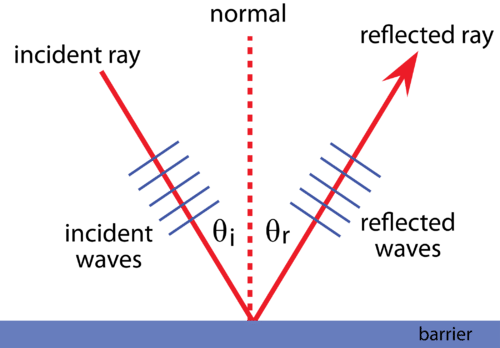Waves
What are waves?
What are the different types of waves?
What do they do?
Waves are disturbances that travel through space and transfer energy often without any permanent movement of the media (mass).
There are three major types of waves. Lets grab slinkies and discover them...
I am sure you found Transverse waves:

The medium the wave passes through goes transverse (perpendicular) to the direction the wave travels.
The electromagnetic spectrum (light) travels in these sorts of waves.
Notice the parts of the wave: crest, trough, amplitude, and wavelength.
Did you find Longitudinal waves:

Notice the parts of these waves: rarefaction and compression. They also have an amplitude (how big the compression is) and a wavelength (how far between compressions), but they are a little harder to see.
Much harder to find are Rayleigh and Love waves:
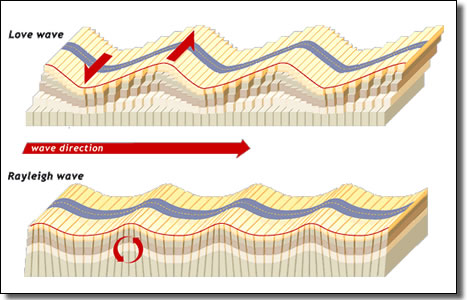
The medium moves in circles or spirals relative to the direction of the energy movement.
Water moves in Rayleigh waves.
The important parts of a wave are:
Wavelength - this is the distance from one crest to the next crest (or trough to trough). This determines so much about the wave! It is the difference detween radio waves, X-rays, and visible light! It is the pitch that you hear. This is related to frequency and period.
Amplitude - this is the height of the wave and determines how much energy the wave transmits (how loud the noise or bright the color).
A wave's period is the amount of time is takes for one wave to move past a spot.
A wave's frequency is the number of waves that move past a spot in a unit of time.
When a wave hits an object, it may reflect off it:
It bounces off at the same angle it hits.

If the reflecting surface is fixed, the reflection is reversed.

The waves direction can also bend. This is called refraction and happens when the wave goes into a different medium:

This can cause some cool effects.
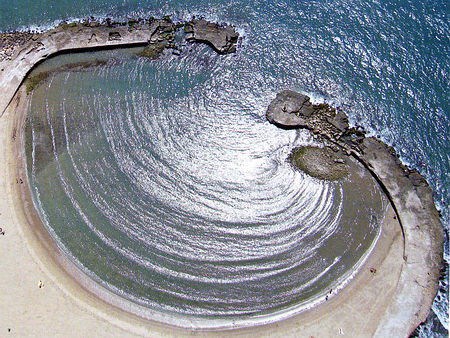
When two waves hit each other, they interfere depending on how they waves line up:

This can cause some really cool effects.



If the source of the waves were to move, the waves' wavelengths would get shortened at the front and lengthened at the rear. This is called the Doppler Effect:
This is more pronounced the faster the moving object.
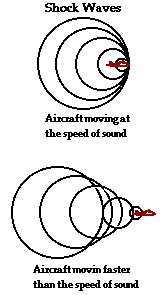
Light:
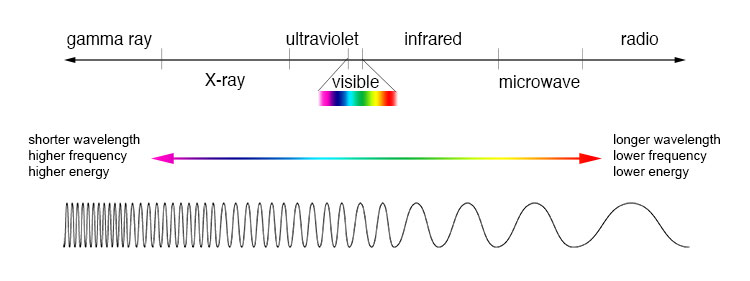
Sound:
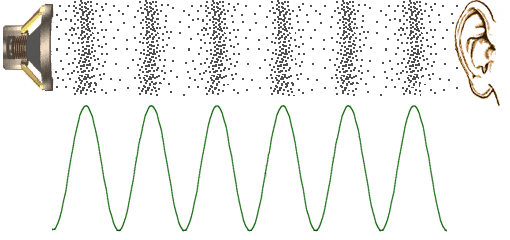
Water:

